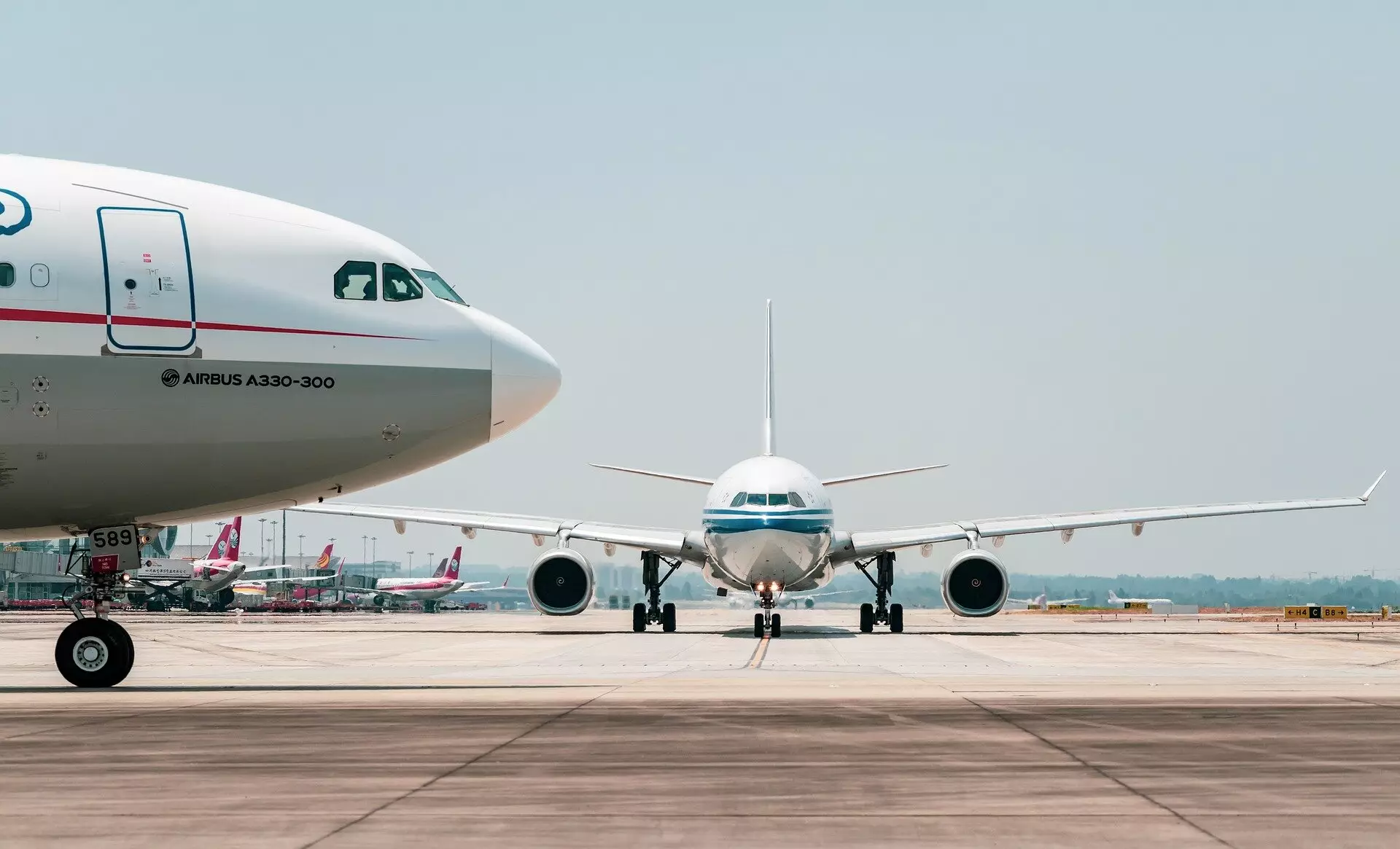The aviation industry is at a critical juncture, grappling with the pressing demands of climate action and sustainability. While governments and industry leaders have made ambitious promises, the reality is stark: the sector is lagging significantly in its journey toward achieving net-zero emissions by 2050. In response to this urgency, Cambridge University has released a pivotal report titled “Five Years to Chart a New Future for Aviation,” which delineates a comprehensive five-year plan aimed at recalibrating the industry’s trajectory. This article delves into the crucial components of the report, presenting an analysis of the proposed goals and what they mean for the future of aviation.
At the core of the report are four specific Sustainable Aviation Goals intended for implementation by 2030. These goals serve as actionable benchmarks that the aviation sector must adhere to in order to keep the net-zero target attainable.
Firstly, the report highlights the importance of establishing a global contrail avoidance system. Contrails, the visible trails left behind by aircraft, have been identified as contributing significantly to aviation-related climate impacts. Implementing a systematic approach to avoid contrail formation could potentially mitigate the sector’s climate impact by up to 40%. This ambitious initiative calls for experiments on a large scale, necessitating collaboration across nations and aviation authorities to gather real-time data and insights.
Secondly, the report advocates for a comprehensive overhaul of existing policy frameworks to drive system-wide efficiency across the aviation sector. The potential for reducing fuel consumption by half by 2050 hinges on addressing efficiency gains that individual companies may not be able to achieve independently. This coordinated effort is essential for aligning industry practices with sustainable outcomes.
Reforming Sustainable Aviation Fuel policies emerges as the third pillar of the roadmap. The current policies need to adapt to incorporate global biomass limitations while simultaneously fostering renewable electricity production. This dual approach would build market confidence for Sustainable Aviation Fuel (SAF), accelerating its production and ensuring its sustainability.
Finally, the report suggests launching several “moonshot” technology demonstration programs. These programs are intended to identify and evaluate transformative technologies, thereby expediting their potential deployment. By fostering innovation at an unprecedented pace, the industry can broaden its toolset in the quest for sustainability.
A pivotal aspect of the report is the collaborative effort spearheaded by the Aviation Impact Accelerator (AIA). Developed at Cambridge University, this initiative represents a partnership involving the University’s Whittle Laboratory and the Cambridge Institute for Sustainability Leadership (CISL). By harnessing academic research alongside industry expertise, the AIA is uniquely positioned to bridge the gap between theoretical models and practical applications in the aviation sector.
Professor Rob Miller, the director of the Whittle Lab, emphasizes that aviation is facing a turning point similar to that of the automotive sector in the late 2000s. The rise of electric vehicles exemplifies how technology can radically alter an industry. By adopting a proactive five-year plan, the aviation sector can follow suit, positioning itself to achieve net-zero emissions before 2050.
Yet, as Eliot Whittington, Executive Director at CISL, notes, the narrative surrounding sustainable aviation often oscillates between unrealistic optimism and overwhelming pessimism concerning the industry’s environmental impact. The AIA’s modeling seeks to provide clarity; it acknowledges the significant hurdles that lie ahead, while simultaneously affirming that achieving net-zero flying at scale is feasible. Navigating these challenges requires evidence-based strategies that address both the technological and practical limitations faced by the industry.
The Cambridge University report serves as both a warning and a call to action for the aviation sector. It underscores the dire need for immediate, collaborative efforts to align global aviation practices with sustainability goals. As the world stands increasingly attentive to climate issues, the aviation industry must evolve from lofty rhetoric to practical, measurable actions. By adhering to the outlined Sustainable Aviation Goals, the sector has the potential to significantly alter its environmental footprint and set a precedent for other industries aspiring toward sustainability. The five years ahead will be pivotal; the aviation industry’s response will be closely scrutinized as society demands accountability in the fight against climate change.

